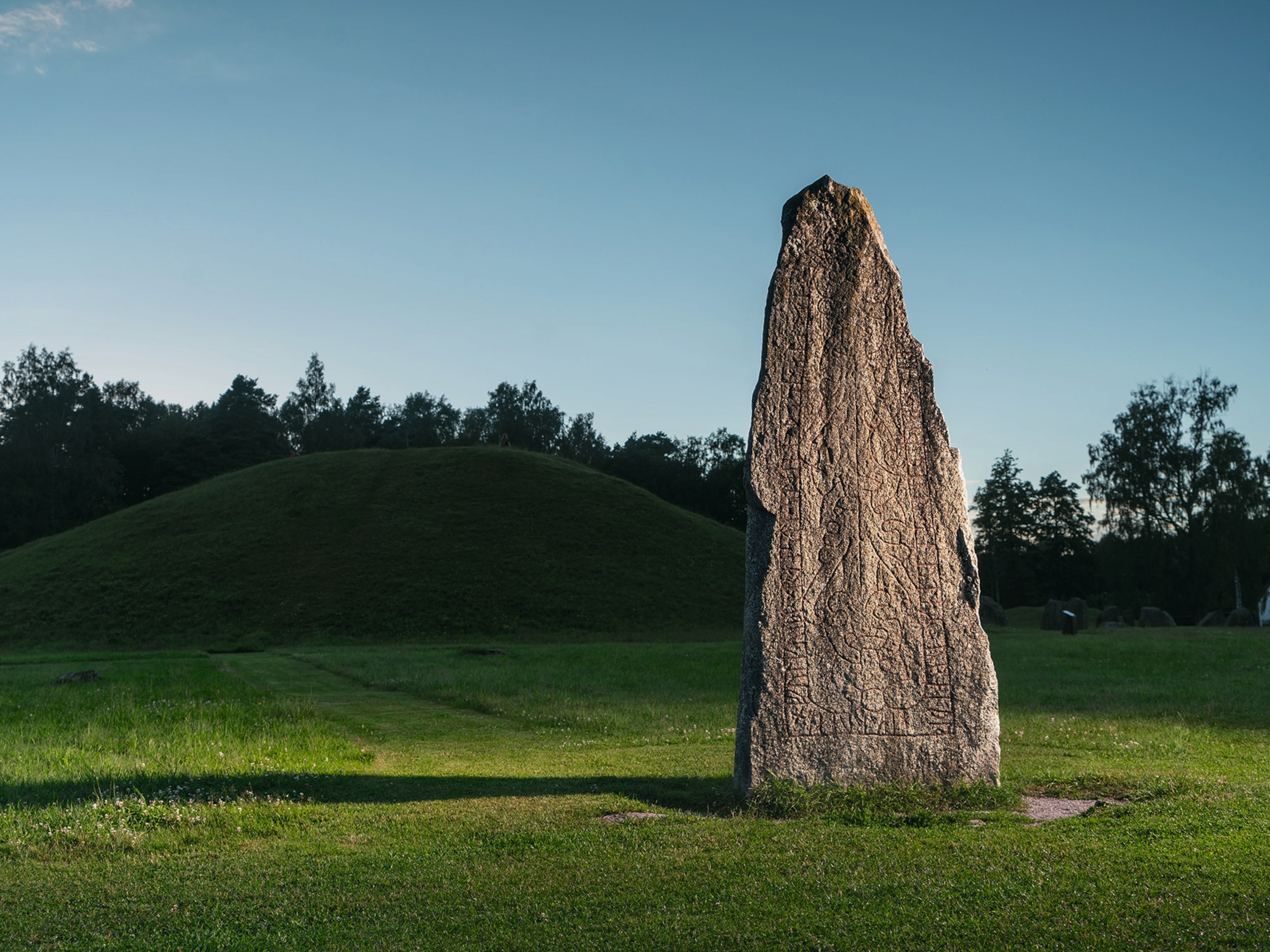
Museum Officials Accused of Mishandling King Tut’s Mask
Egypt blames restorers and a former museum director for breaking off the burial mask’s beard and gluing it back on.
Eight Egyptian Museum employees are facing trial over damage to King Tut’s beard.
The beard was separated from Tutankhamun’s golden burial mask in August 2014, then reattached with epoxy. Late last year, experts repaired the mask more properly, cleaning off the epoxy and using beeswax to reattach the beard.
The BBC reports that “conservators at the Egyptian Museum had given differing accounts of the circumstances of the beard becoming detached,” ranging from the beard being accidentally knocked off to it being purposely removed because it was already loose. The Egypt Daily News says government investigators determined the initial damage happened when the mask was improperly carried by museum employees. The government is now accusing “two restorers, four senior restoration experts, [the] former director of restoration, and the former director of the museum” of violating the professional and scientific standards for handling such a valuable artifact.
The mask went back on display in December, after the latest restoration efforts. Those efforts also allowed researchers to undertake a full-scale study of the mask using the museum archives as reference, which hadn’t been done before.
Concern over Tut's beard dates back to 1922, when Tutankhamun's tomb was discovered. “The study of the mask showed that its beard was detached and was not fixed back till 1946” says Christian Eckmann—the German expert who lead the mask’s restoration team—in a press conference that unveiled the mask after restoration. Eckmann is a conservator with a specialization in glass and metal, the two main components of the golden mask. He had previously restored and conserved several Egyptian artifacts, notably the two copper statues of King Pepi I, and the golden head of Horus.
“The 2014 damage was exaggerated, since the beard was previously detached as the examination showed," says Friederike Fless, the president of the German Archaeological Institute in Cairo, one of the German and Egyptian bodies that cooperated in the restoration process.

The restoration process started with a full 3D scan with a light pattern projection scanner to record and document the mask’s status, followed by the removal of the inadequately applied glue. No chemicals were used to remove the resin—instead, the team worked millimeter by millimeter with wooden tools after raising the temperature of the mask. This step alone took more than four weeks.
“The process has uncovered two surprises, the first is that beard has an internal tube that connects it to the mask's face, and the second is that the 1946 reattachment of the beard was done using soft solder," says Mamdouh Eldamaty, the Egyptian minister of antiquities.
Ancient techniques were implemented in the restoration process; The team used beeswax as an adhesive since it was a common material in ancient Egypt, and because it's an organic material that poses less risk of damaging the metal of the mask.
The beard on the mask wasn't how Tut's actual facial hair looked. The false beard was an important symbol in ancient Egypt—it was one of the ways Egyptian kings identified themselves with Osiris, the god of the underworld. Unlike in real life at the time, where facial hair was considered a sign of a low social status, wearing a false beard with an upturned end, like King Tutankhamun, was a sign of divinity.
The information gathered from the scans of the mask and details of the restoration will be published in a forthcoming book.
During the restoration process, a 3D hologram of the mask was on display, but starting December 17, museum visitors can enjoy the real mask, and will be allowed to take photographs of it and the entire collection of the museum for one month.
Tut has been having a bit of a resurgence lately. Last summer, National Geographic grantee Nicholas Reeves theorized that hidden chambers in Tut's tomb might lead to the burial place of Queen Nefertiti. Scans of the tomb reveal there may, in fact, be two rooms hidden behind walls, and further examination of the space is expected in the coming months.
Khaled El Samman is a staff writer with Rawi Magazine.




